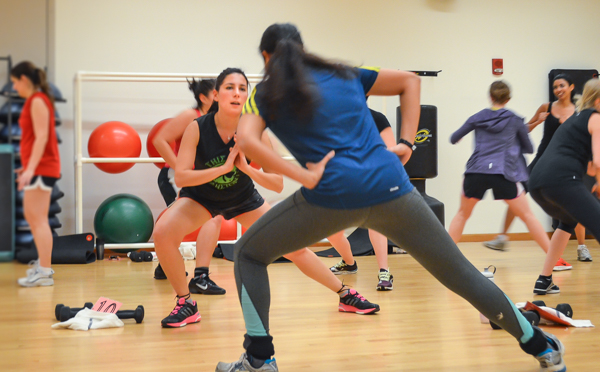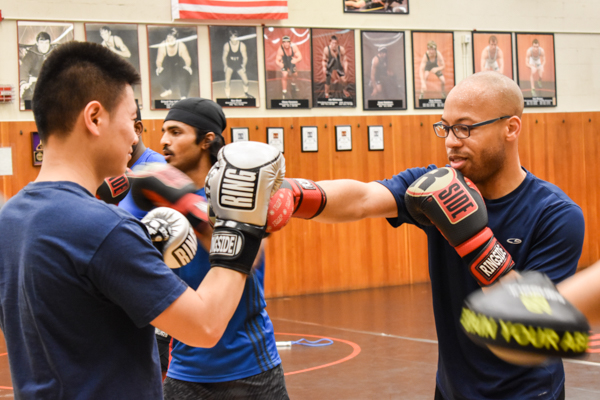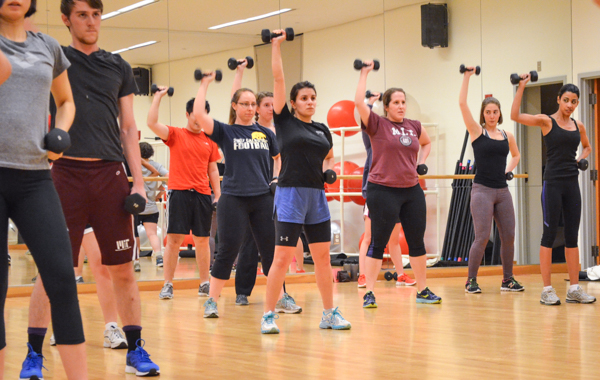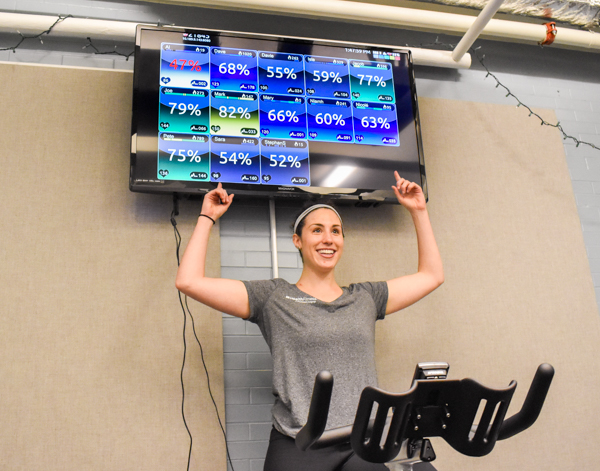October 3, 2017
Should You Track Your Heart Rate During Workouts?
There’s a lot you can track for your health these days; calories, steps, macros; even sleep. Should your heart rate be one of them? How hard your heart is beating can be a good indicator of your fitness, both inside and outside the gym. Using a heart rate monitor and heart rate training for workouts isn’t a new concept, but the technology has advanced greatly, providing an array of options. Heart rate monitors like MyZone® can offer direct readings, in addition to so much more! So should you invest and start heart rate training?

What is Heart Rate Training?
Heart rate training takes heart rate monitoring and applies it to exercise. How hard your heart beats during your run, HIIT class, lifting session or Zumba class is a great indicator of how hard YOU are working. This in turn provides a sort of framework of your personal “effort” level. If you heart is only beating at 50% of your max, then your workout is more of a leisurely stroll, and if your goal is to increase your fitness level, it’s time to get working harder. If your heart is pumping hard at 99% of your max, then you are really sweating (and it may be time to take it down a notch soon).

Benefits of Heart Rate Training
Some people are great at sensing their own effort levels during a workout, but many people are not able to be as precise without a heart rate monitor. And while it is by no means necessary to train within your heart rate zones, it can be very helpful (and fun). It removes the subjectivity of estimating your own effort, which can be tricked by circumstance. For example, a night without enough sleep could make you feel like you are working out harder than you actually are. Or a sugar-rush could make you feel like you could box for hours on end and have still more energy to give. With a heart monitor, you can’t be fooled.
Employing heart rate training can also be very motivating. Having a number to hit during a class or session can push you to reach a goal, or even surpass it.

How to Determine Your Zones
If you decide heart rate training is for you, the first step is to determine your own individual ‘zones’. These are based on your personal biology and fitness level. Here is how to determine yours:
- Resting Heart Rate – This is how many beats per minute (BPM) your heart pumps while at rest. Getting this number takes a little pre-planning, as the best time to take your pulse is in the morning, soon after you wake up, but before you rise.
- Maximum Heart Rate – This is the fastest your heart can beat based on your age. Most experts suggest estimating this number simply by subtracting your age from 220.
- Heart Rate Reserve – To obtain this number, subtract your Resting Heart Rate from your Maximum Heart Rate.
- Customize Your Zones – Generally, heart rate training zones are expressed as percentages of your Heart Rate Reserve. The higher the percentage, the harder the training zone. Up to 60% is generally considered light exercise, up to 80% is moderate, and above that you are into the vigorous training zones. To get your target heart rate for each zone, use the following formula: (Heart Rate Reserve) x (Zone%) + (Resting Heart Rate) = Your Target Heart Rate for that Zone

Add Some Tech
The next step is to choose how you will monitor your heart rate during workouts. You could try to check your pulse manually (and do some quick math mid-run or mid-lifting session), but thankfully you don’t have to. There are many pulse-taking devices out there, from apps to watches to chest straps. There are even some that will determine your zones, track them in real time, and send you post-workout reports. Whatever your budget or workout style, there is an option out there for you!
As with all new workout routines, it’s a good idea to check with you doctor before pushing your heart and your body into serious training. Whether you are looking to get seriously fit or just looking to relieve some stress and get happy, heart rate monitoring can be a fun, useful and even motivating tool.
BACK TO ALL

Comments
The comments are closed.
There aren't currently any comments on this blog entry.